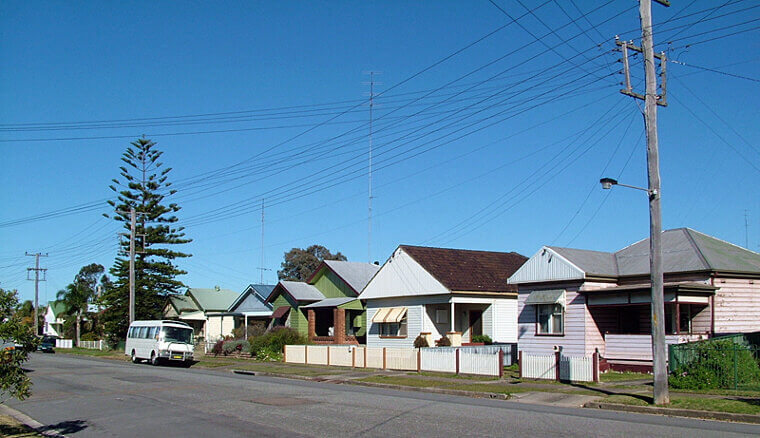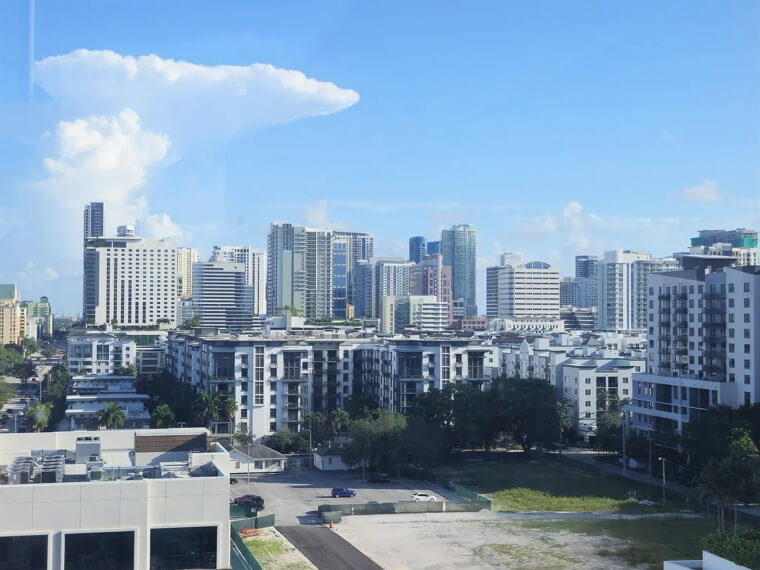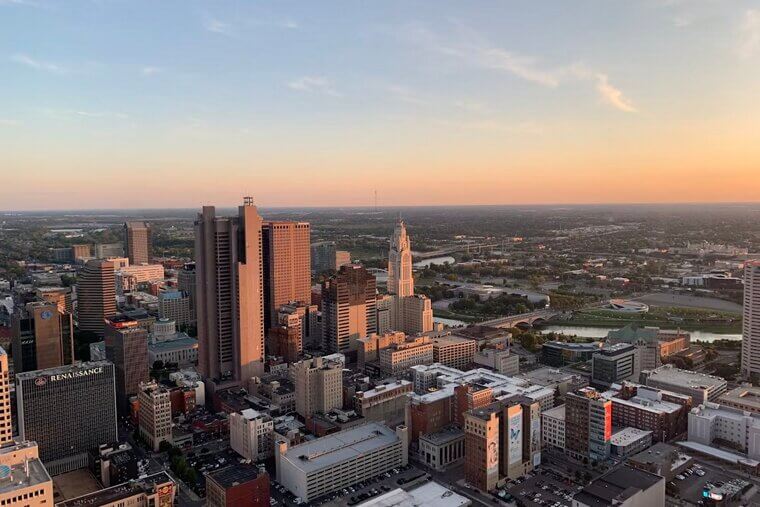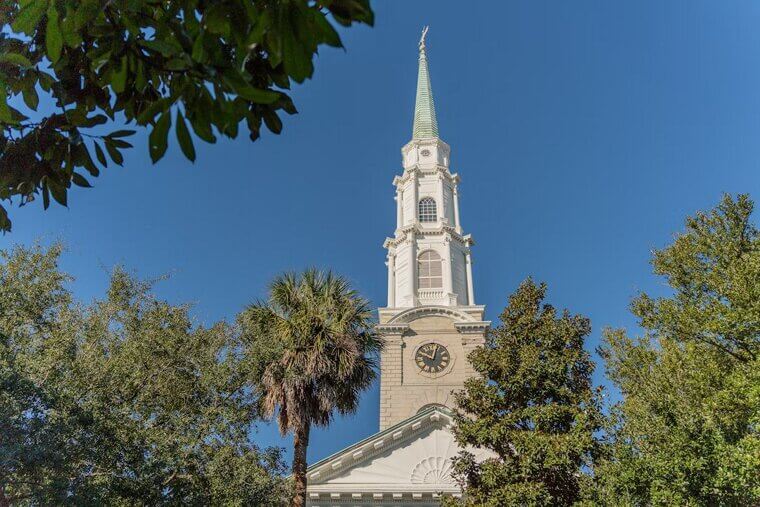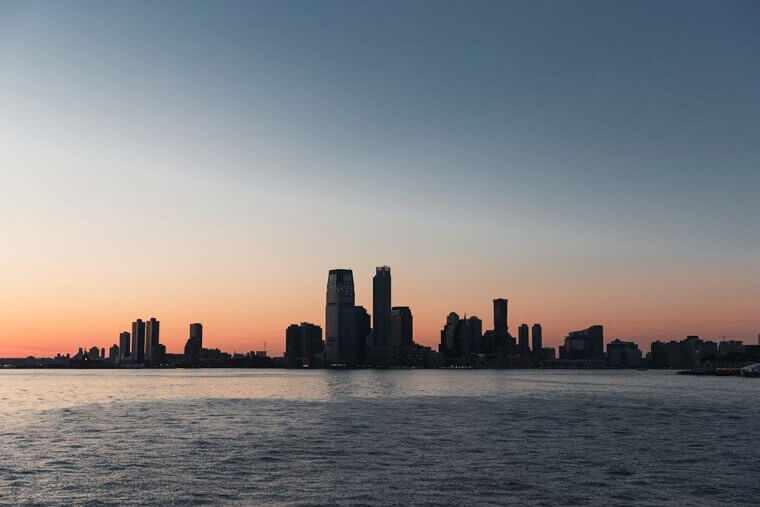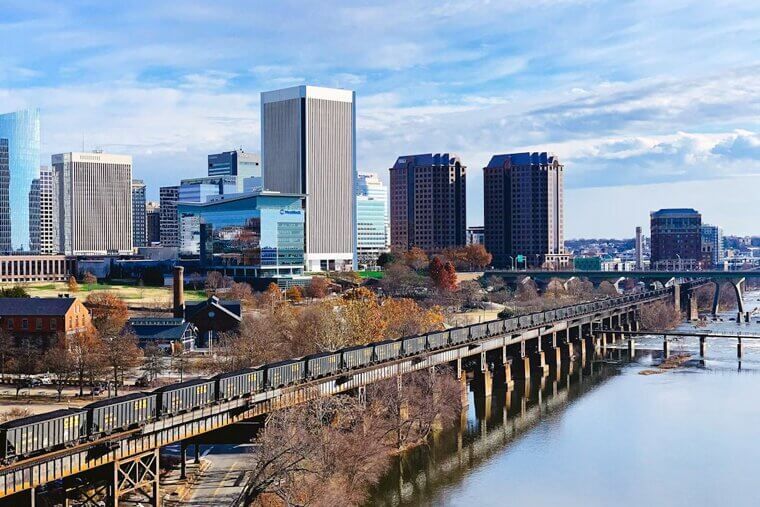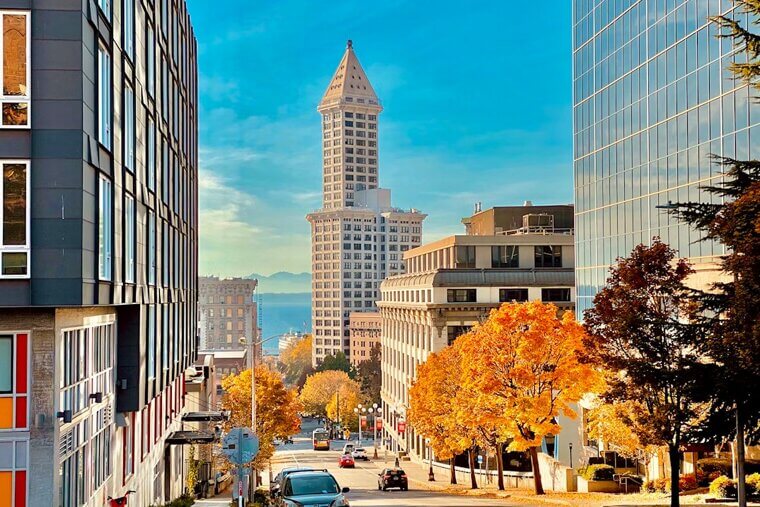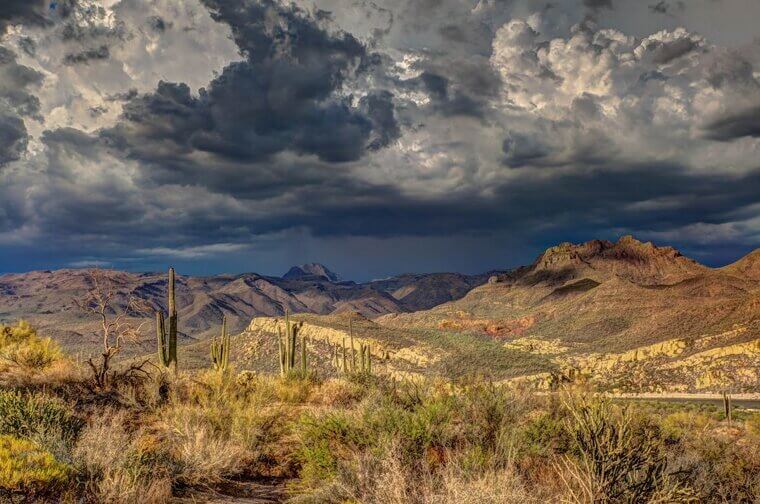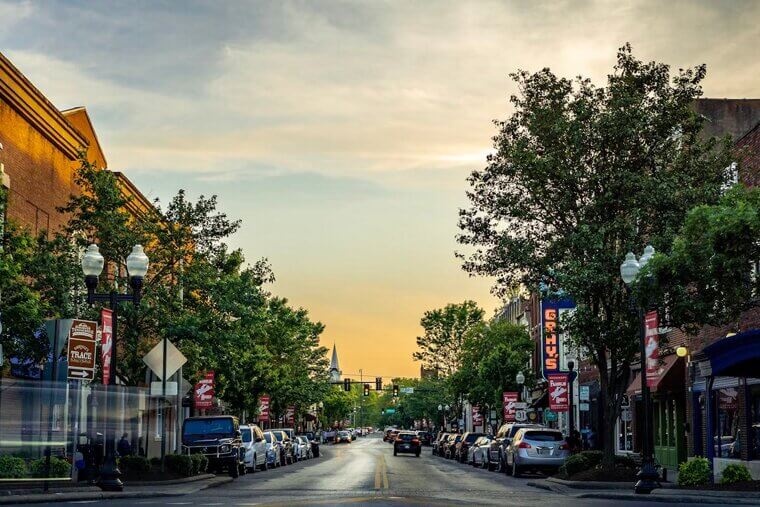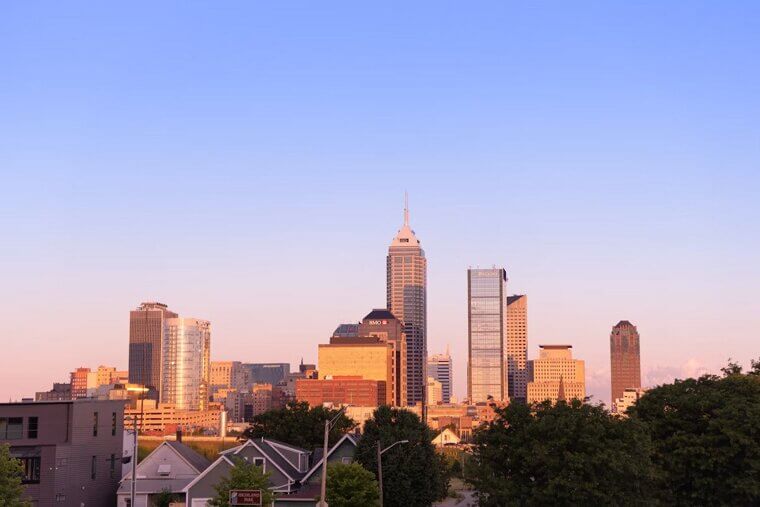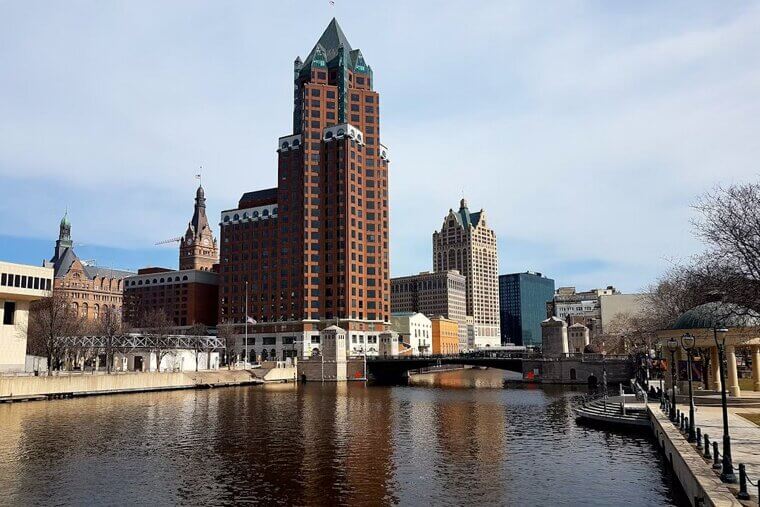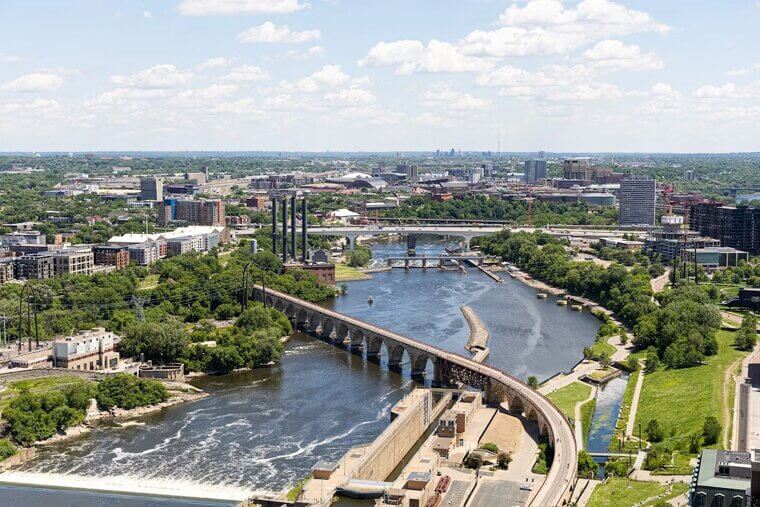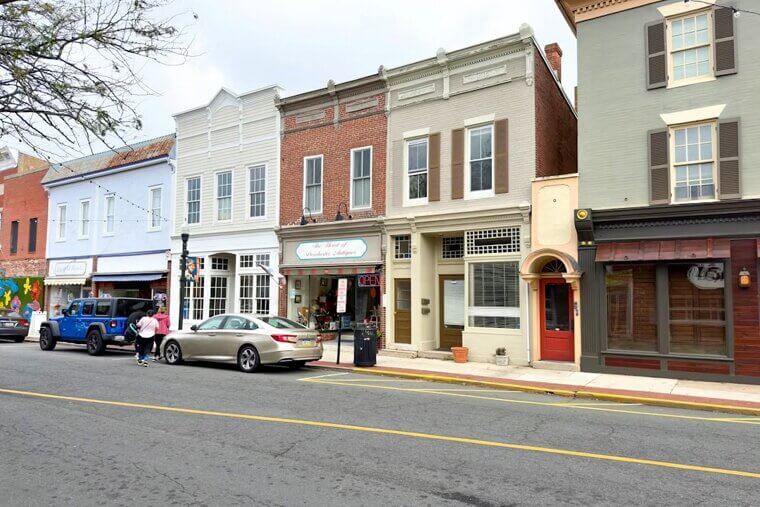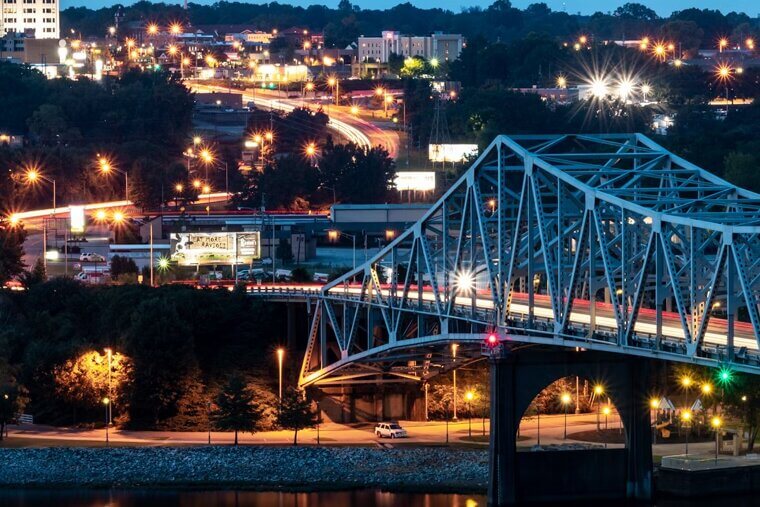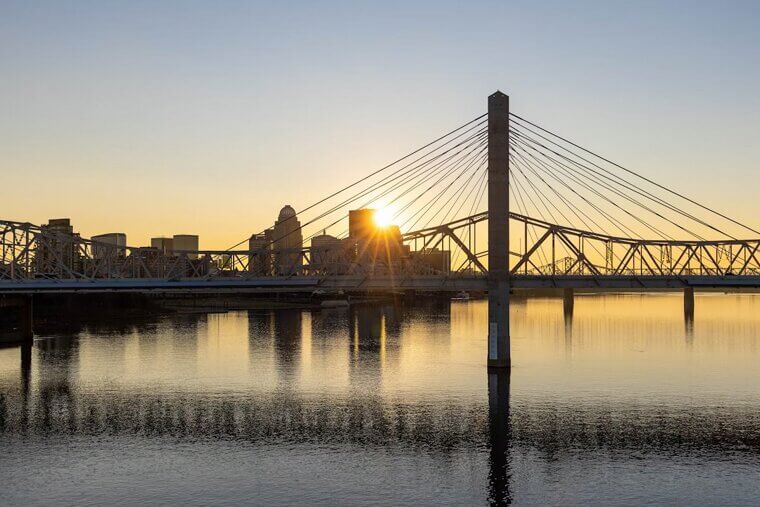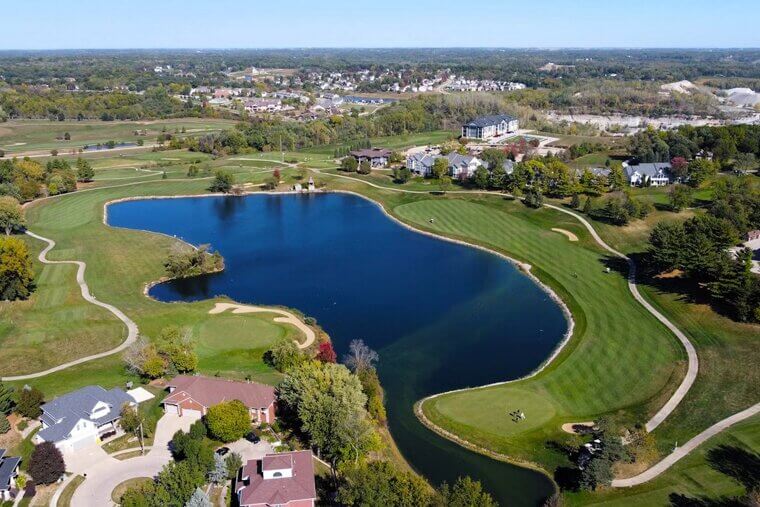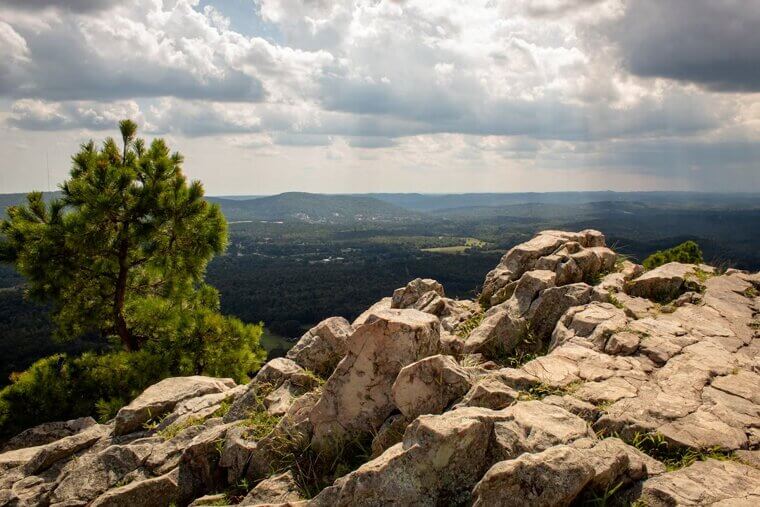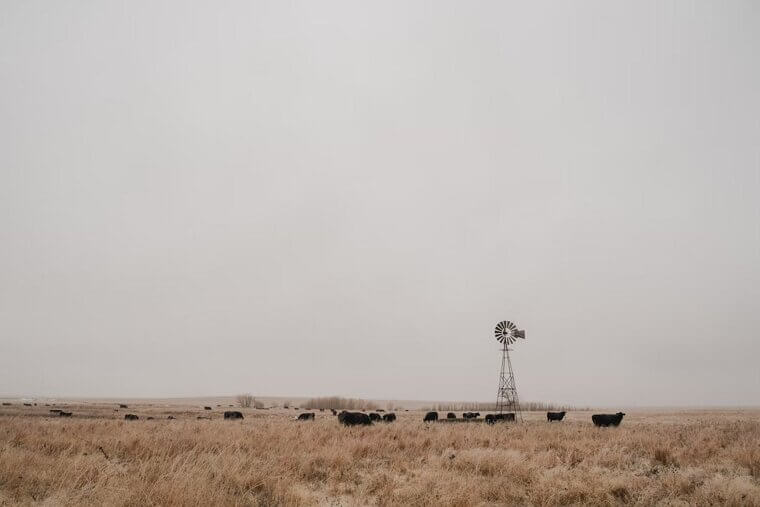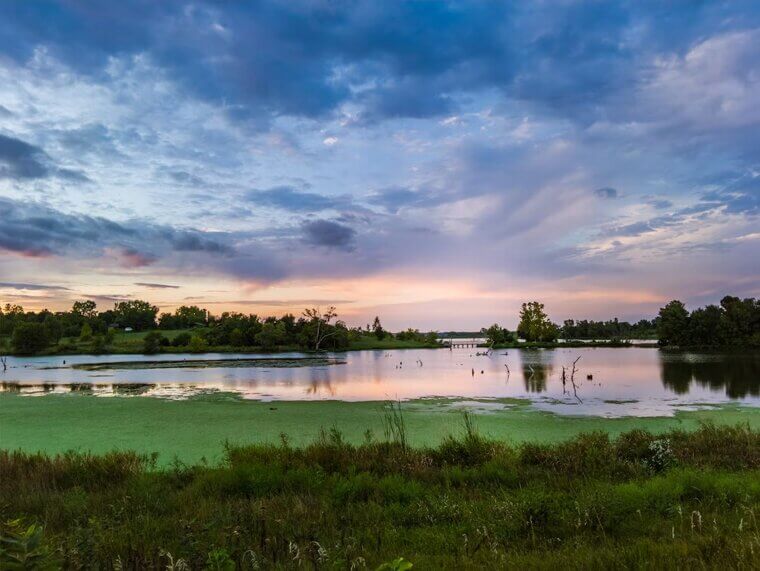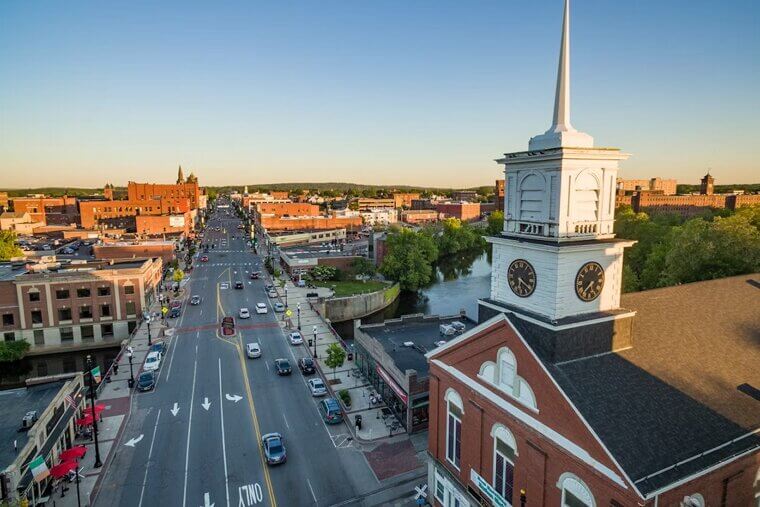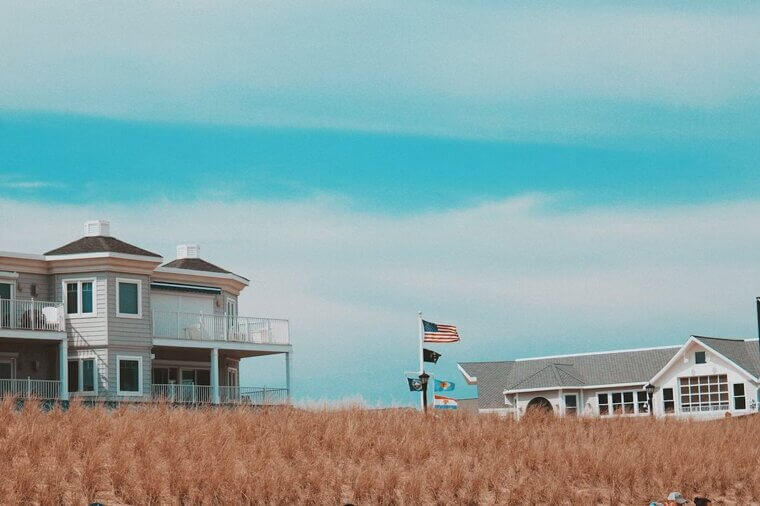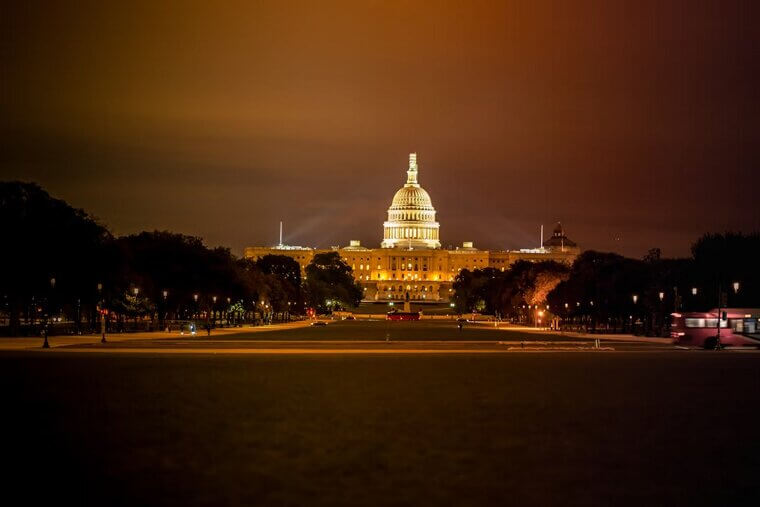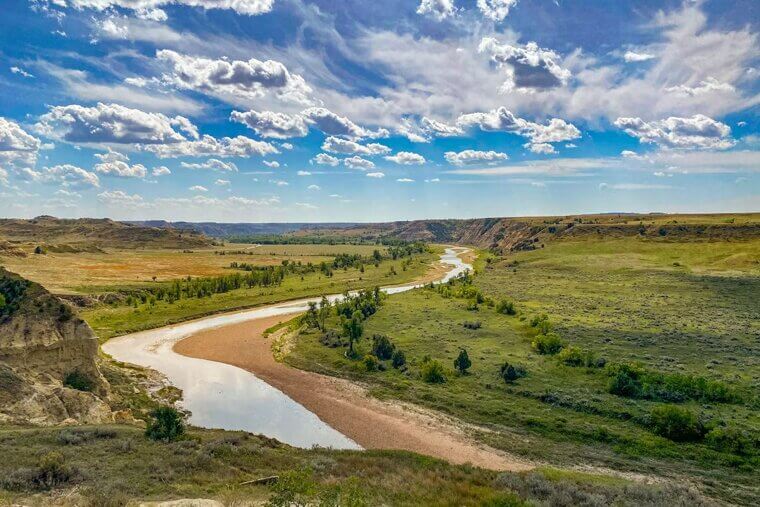Food Insecurity in 2025: State-By-State Breakdown
Food insecurity is something that unfortunately touches every corner of the USA, but some states have it worse than others. In this article, we’re breaking down all 50 states plus D.C., ranking them by how many households struggle to get enough to eat. All data is from World Population Review, and some of it is quite sobering.
California
California’s food insecurity rates are surprisingly very bad – according to World Population Review, the worst in the country. 14.2M face food insecurity, including those with children, especially in expensive cities like L.A. and San Francisco. There’s a lot of poverty behind the glitz and glamor.
Texas
Texas has one of the highest total numbers of food-insecure households in the USA - 10.8M to be exact. For some, this will come as no surprise given the state’s massive population and poverty issues. Programs help, but not enough, with 5% of households reporting “very low” food security.
Florida
Florida has 9.3M households facing food insecurity. Ironically, while tourism brings in money to the state, many low-wage workers still struggle to afford groceries. Older adults on fixed incomes often face tough choices between food and other expenses, and they end up using food banks.
New York
New York’s numbers aren’t as bad as you'd expect for such an expensive state, but food insecurity still hits hard in places like the Bronx and parts of upstate. All in all, 7.8M of households in the state are facing food insecurity. SNAP and school lunch programs are widely used.
Pennsylvania
Pennsylvania has a whopping 5.1M households facing food insecurity, with 3.8% of those being “very low security” households. Rural regions struggle with grocery access, while older industrial towns face serious challenges as well. Philadelphia and Pittsburgh have strong food bank networks, but demand remains high.
Illinois
Things are rough here, especially in Chicago and in rural areas. 5M households in the state are facing food insecurity. Food programs, especially in schools and churches, do help many families stay afloat. But systemic fixes are still needed to reduce hunger in the state and they’re just not coming.
Ohio
Ohio has a whopping 4.8M households in poverty, and naturally many of those households have young children within them. Cleveland, Toledo, and Youngstown have it particularly bad. Income inequality and limited job access are considered to be the culprits, and those are hard problems to solve.
North Carolina
North Carolina faces higher-than-average food insecurity, 4.5M households suffering, and the problem is especially bad in rural and low-income urban areas. Agriculture is big in the state, ironically, but access to affordable food isn’t always easy for residents. School food programs and nonprofits try to help, but they can’t always achieve much.
Georgia
Georgia’s food insecurity rate is on the higher side, particularly in rural communities and low-income parts of Atlanta. 4.2M households report food insecurity and 3.9% of households have “very low” security. Basically, a lot of people are falling through cracks right now.
Michigan
Michigan’s got some serious food insecurity, sitting a bit higher than the national average with 4.1M households suffering. A lot of it ties back to job loss in factory towns and tough times in rural areas. Detroit, which unfortunately has a reputation for poverty, was especially hard hit.
New Jersey
New Jersey’s has some real struggles, with 3.4M of households facing food insecurity. High housing costs don’t help, and a lot of families who technically “make too much” don’t qualify for assistance. Thousands still quietly rely on food banks every month, not letting on to their neighbors how bad the situation is.
Virginia
Places in Southwest Virginia still deal with serious rural poverty and limited access to grocery stores. Bigger cities are better off, but not always by very much. A lot of folks live too far from a store or simply don’t earn enough to cover both rent and groceries. 3.4M households are facing food insecurity now.
Washington
Washington has 3.1M households facing food insecurity and 3% households with “very low” security. Rural and tribal areas especially have high needs. Seattle’s got resources, but groceries can still get pricey fast. It’s an issue that needs sorting out.
Arizona
2.9M households in Arizona face food insecurity. A lot of Native communities and rural areas have serious food access problems, and big cities like Phoenix aren’t immune either. Expensive bills, high rent, and low wages stretch budgets thin. Even with SNAP and food banks, it’s tough for a lot of families to get what they need.
Tennessee
Tennessee has 2.8M households with food insecurity. The rural spots, especially in Appalachia and the western part of the state, get hit hard by poverty and even in cities like Memphis and Nashville food deserts are a big problem. Plenty of folks rely on church pantries or school lunch programs just to make it through the month.
Massachusetts
Massachusetts is another one where 2.8M households are struggling. Groceries aren’t cheap here, and the cost of living eats into food budgets fast. Boston especially doesn’t do very well, and it’s easy to see poverty when you visit the city.
Indiana
In Indiana, a lot of folks are fighting to keep the fridge stocked, with 2.8M houses not doing so well. Former factory towns and rural counties face the worst of it. Grocery stores aren’t always close by, and transportation can be a problem. Even with food stamps, it’s not easy juggling rising prices.
Missouri
Missouri’s food insecurity is higher than average, with 2.5M households suffering food insecurity, and it shows. A lot of families are getting by on the bare minimum, and their children are sometimes heading for malnutrition. Food banks are doing a lot of the heavy lifting.
Wisconsin
About 2.5M of Wisconsin households struggle to get enough food. Rural places, especially in the north, deal with limited grocery access, while cities have high rates of joblessness. Older residents on fixed incomes are especially vulnerable.
Colorado
Colorado’s not the worst when it comes to food insecurity, with 2.3M households reporting it, but it’s not the best either. Mountain towns can be pricey, and rural areas don’t always have easy grocery access. Denver does better, but even there, high rent can leave little room for food.
Minnesota
Minnesota has 2.3M households not eating well. Cities have decent access to food and programs to help people, but out in rural areas or on reservations, it’s a different story. Winter makes things harder, especially for low-income families or seniors.
Maryland
Maryland looks pretty but still has major food insecurity, with 2.3M households reporting it. Suburbs and high-income areas are fine, but Baltimore and parts of the Eastern Shore don’t do well. People suffer with high costs, low wages, and limited access to food. A lot of families earn just enough to not qualify for help, even though they’re still scraping by.
South Carolina
South Carolina has 2.2M households with little food security. Rural areas and small towns have it the worst, and many families rely heavily on food banks and school lunches. Grocery stores aren’t always nearby, and even when they are, prices can be overly high.
Alabama
Alabama has more than its fair share of food insecurity, with 2M households reporting it. Between low wages, high poverty, and long distances to grocery stores, it’s a tough place to live. People in rural counties often have to drive far just to find fresh produce. And resources are stretched thin, especially in smaller towns.
Louisiana
Louisiana’s got it rough when it comes to food insecurity. A lot of folks - especially in rural areas and coastal communities - are still recovering from hurricanes or stuck in cycles of poverty. And even in cities like New Orleans, some neighborhoods are food deserts. 1.9M households are living with food insecurity and that’s just too many.
Kentucky
Kentucky sees plenty of families -1.9M of them to be exact - struggling to put food on the table, especially in rural Appalachian areas. Grocery stores can be far away, jobs don’t always pay much, and public transit isn’t a thing in a lot of places. Even in cities, folks are juggling bills and food.
Oregon
Oregon’s somewhere in the middle when it comes to food insecurity, with 1.8M households reporting it. Portland has programs in place to help people, but rent’s high, and that cuts into grocery budgets. Out in the rural areas - especially along the coast or in the eastern part of the state - access to food is a real challenge.
Oklahoma
Oklahoma has a reported 1.6M households living with food insecurity. A lot of folks live in rural areas with few grocery options, and suffer from high poverty. Food banks are doing what they can, but many families are left out in the cold.
Connecticut
Food insecurity’s a real issue in Connecticut. Around 1.4M of households are having a tough time keeping the fridge stocked. Even in wealthier areas, plenty of families are quietly struggling. High living costs, fewer federal food programs, and inflation have made grocery bills a nightmare for some.
Iowa
Iowa’s doing okay, but not great - 1.3M households in the state are food insecure. Food insecurity hits quicker than folks realize, especially in smaller towns where grocery stores have shut down. A lot of rural families are stuck with long drives to food stories and not much money to spend once they get there.
Arkansas
Arkansas has it pretty tough, with 1.3M people in food insecurity. A lot of it comes down to poverty, transportation issues, and a lack of nearby grocery stores. It’s not just about affording food - it’s also about being able to get to it. Food banks are stepping up, but the need is huge.
Nevada
Nevada is home to 1.2M households in food insecurity. In cities like Vegas and Reno, there are more resources, but rural parts of the state don’t have it easy. Rising rent and low wages make it tough for a lot of folks to keep their pantries full, even though tourism is always booming.
Mississippi
Mississippi has 1.2M households suffering food insecurity, with 5.5% of people reporting “very low security”. A lot of folks in rural towns just don’t have easy access to stores, and to add to that incomes are generally low. But the food prices are, unfortunately, high.
Kansas
Around 1.2M people report food insecurity in Kansas. Urban areas don’t do too badly, the problem is in the rural areas. It’s not that food isn’t grown here - it’s just not always accessible or affordable for families living paycheck to paycheck in smaller towns.
Utah
1.1M people in Utah are living with food insecurity. Social support systems help, but not everyone’s got access to them, and rural families and people dealing with rising housing costs are feeling the pinch. Still, it’s not doing as badly as some other desert states.
New Mexico
New Mexico isn’t doing too badly with 865K food insecure households, but there’s room for improvement. Tribal communities and rural areas have it the hardest - there just aren’t enough stores nearby, and poverty’s a big factor.
Nebraska
You’d think a farm-heavy state like Nebraska wouldn’t struggle with food insecurity, but about 792K households still do. A lot of rural families have trouble accessing affordable groceries, and food banks just can’t do enough.
West Virginia
West Virginia has a bad reputation for poverty, but it actually doesn’t do too badly, with “only” 740K households suffering food insecurity. 5.2% of them report “very low” security, however. Work is being done to improve things in the state and hopefully it’ll take.
Idaho
In Idaho’s rural towns and farming communities, access to affordable groceries can unfortunately be a challenge. Long drives, low wages, and rising prices make it tough for some families to keep their children fed, even in a place known for potatoes. 695K households in the state report food insecurity.
Maine
Maine’s definitely not a terrible place to live, but food insecurity is a bit of a problem, especially in rural and seasonal towns. About 571K households struggle to keep enough food on hand, and low wages, isolation, and sky-high heating costs in winter all cause issues.
New Hampshire
New Hampshire is doing pretty well when it comes to food security - only about 554K of households are struggling. Good community support and low poverty rates help. That said, some rural seniors on fixed incomes still find themselves choosing between groceries and other bills.
Hawaii
Living in paradise isn’t cheap. Hawaii has about 487K households in poverty, with around 3.1% of those reporting “very low” security. That’s largely because Hawaii is well, an island, and almost everything has to be shipped in. Groceries get expensive, and people on the outer islands especially have limited access.
Montana
Montana might have beautiful open spaces, but those wide distances can make food access tricky, especially for elderly people. About 474K households in the state deal with food insecurity, and it’s thought remote towns, low wages, and seasonal jobs all play a part.
Rhode Island
Rhode Island has about 430K households in need of food help, and it’s most noticeable in lower-income neighborhoods in places like Providence. There are good programs in the state though to help people get the food they need.
Delaware
Delaware unfortunately has places with few stores and limited transportation, plus high costs of living. So it’s not perfect, but the statistics are pretty good. Only 387K of households are facing food insecurity, and there are food banks to help them.
South Dakota
South Dakota has 367K households suffering food insecurity, but work is being done. Local food banks, community kitchens, and programs focused on nutrition are making progress, ensuring more families have regular access to healthy meals. The state’s heart is definitely in the right place.
District of Columbia
D.C. has lots of programs and resources dedicated to food security, and they’re helping families in neighborhoods that need it most. These programs have resulted in only 342K households having food insecurity, although of course some would say that’s still too many.
North Dakota
North Dakota is a very friendly state, and that’s clear from the amount of programs around that help people reach healthy food. Only 331K of households in the state report food insecurity, and only 1.8% people have “very low” security.
Vermont
Vermont really shines when it comes to food. A mere 279K of households report food security, and only 2.8% of those are in the “very low” zone. Even though some rural families do face challenges, local farms, food shelves, and volunteers create a network that helps everyone eat well.
Alaska
Alaska’s unique geography and cold temperatures presents challenges, but its communities are incredibly resilient. Local programs, tribal initiatives, and food pantries are dedicated to improving food access in even the most remote places. And as a result, only 269K of households have food insecurity.
Wyoming
Wyoming is considered the best state for food security, and for good reason. It’s true that some households suffer from food insecurity - 233K of them, a fairly low number – but there’s endless programs in place to help them.



